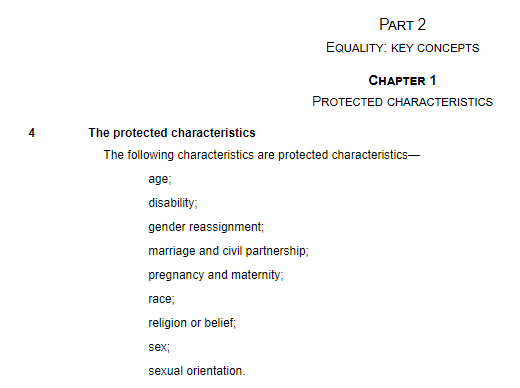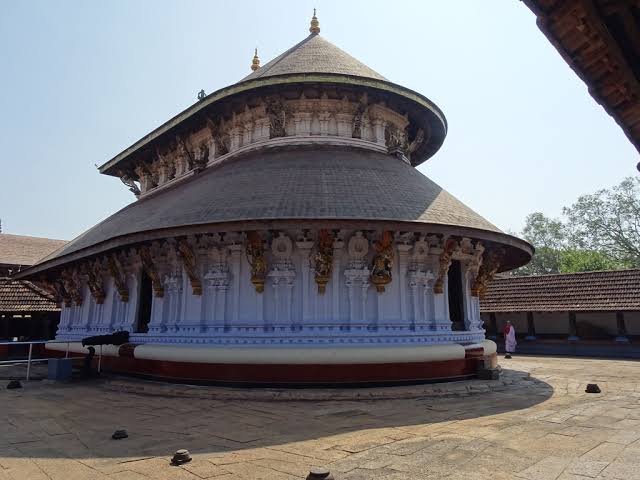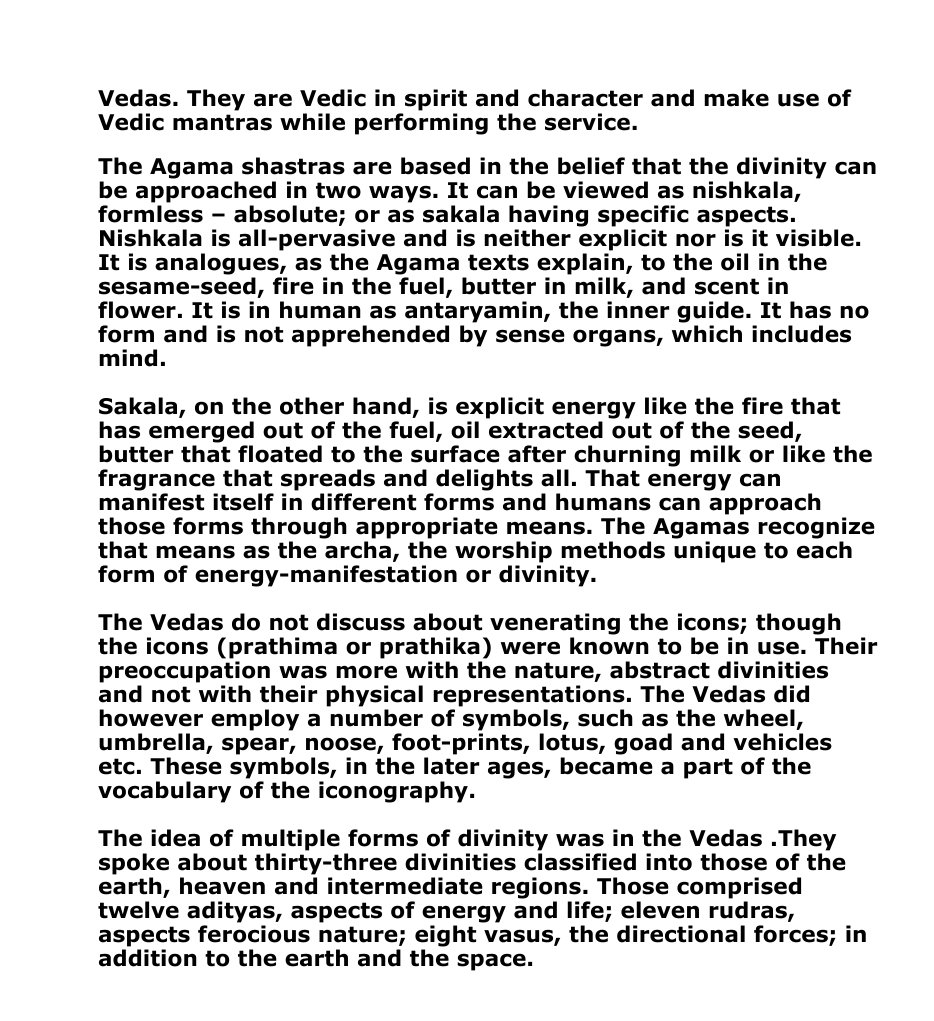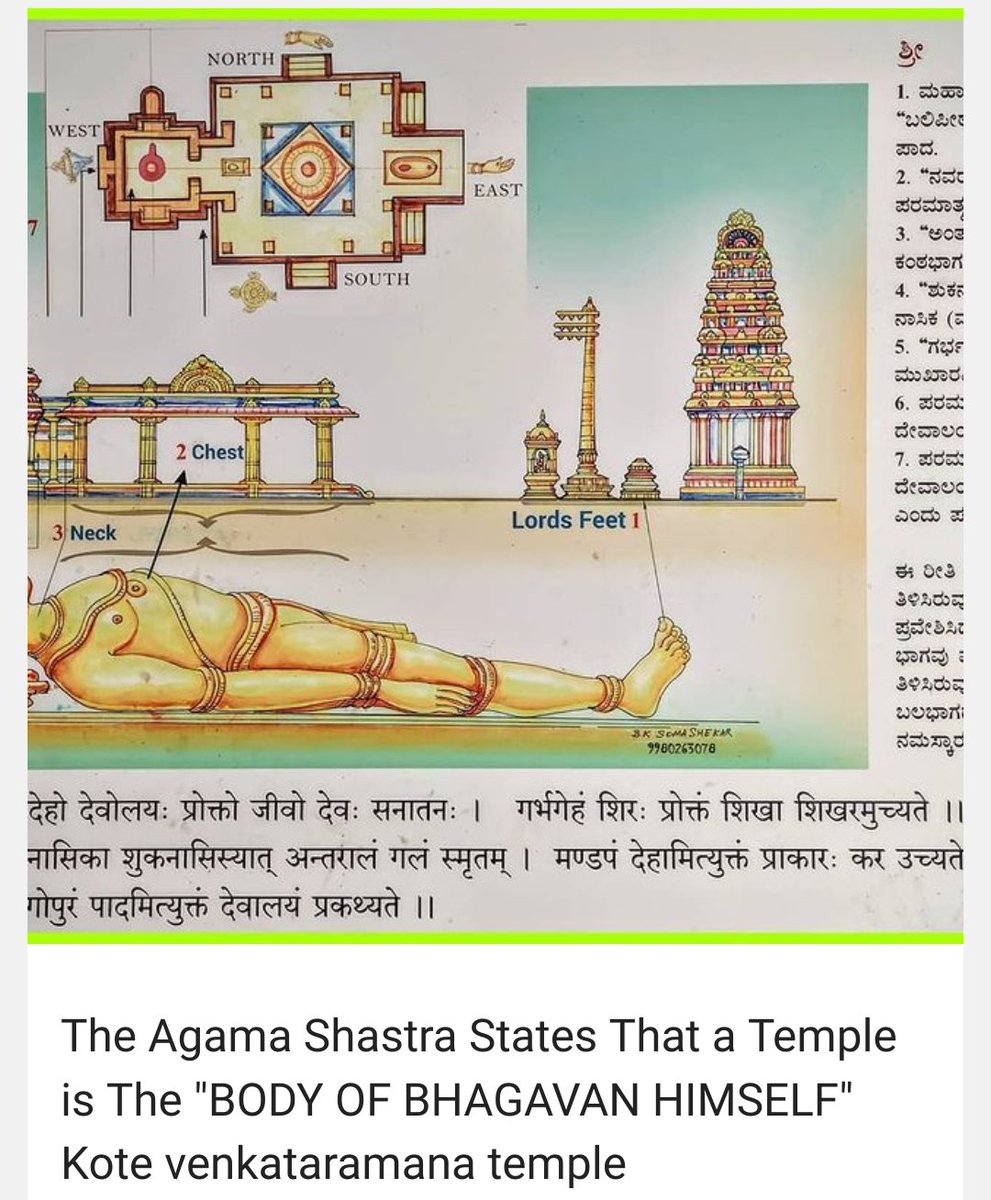
ALIYU ABDULHAMEED, NIRSAL MANAGING DIRECTOR/CEO’S 5-YEAR SCORECARD: DECEMBER 2015 – SEPTEMBER 2020
Facilitated 510 billion worth of Economic Activity with over 515 000 direct jobs created across the agricultural value chain.
Thread.
·




· the adoption of optimized models and risk management tools by actors in agricultural value chains and agriculture finance;
· jobs created and sustained; and
· lives positively impacted.
In addition, Aliyu has shown a sharp business acumen and stewardship having grown NIRSAL’s balance sheet,
His achievements cut across the following key performance areas:
2. Facilitating Agricultural Insurance
3. Agricultural Value Chain Development
4. Guarantee Portfolio and Project Risk Management
5. Financial Growth and Stewardship

1) Facilitating Agribusiness Finance and Investments
Through innovative approaches and instruments aimed at eliminating risks associated with agriculture


2) Facilitating Agricultural Insurance
Under the leadership of Aliyu Abdulhameed, NIRSAL has moved the..

· Within two years of intervening in agricultural insurance, from 2017 to 2019,
3) Agricultural Value Chain Development
In the last 5 years, the Abdulhameed-led NIRSAL has excelled at

· Using satellite-based multispectral imaging,


NIRSAL demonstrates risk management acumen and builds trust by developing and deploying robust risk management tools and technologies.
NIRSAL performs comprehensive project monitoring of all supported projects as a critical risk management strategy leveraging
Building NIRSAL as a successful and sustainable organization..

· Coming out of the CBN with a team of three (3) core staff, NIRSAL is now fully manned with 255
· NIRSAL now operates from 40 physical offices across all the States of the Federation and the FCT.

6) Impact in Nigeria, Africa and the Globe
Under Abdulhameed’s leadership, NIRSAL has made commendable sustainable economic, social and..
· Estimated NGN510billion worth of economic activity generated;
· 515,000+ Direct Employment created/sustained;
· Facilitation of climate finance for agricultural value chain actors;
More from For later read
Hi @EdinburghUni @EHRC @EHRCChair @KishwerFalkner @RJHilsenrath @trussliz @GEOgovuk
The DIVERSITY INFORMATION section in yr job application mentions 'legal equality duties'. You then ask "What is your gender identity?" with options
Female
Male
Non-binary
Not-listed
Other
1/13

'Gender identity' is not a protected characteristic under the Equality Act 2010 and is not defined in the Act.
https://t.co/qisFhCiV1u
2/13

Sex is the protected characteristic and the only two possible options for sex are 'Female' and 'Male' as defined in the Act and consistent with biology - 'non-binary' and 'other' are not valid options.
https://t.co/CEJ0gkr6nF
'Gender identity' is not a synonym for sex.
3/13

You then ask "Does your gender identity match your sex registered at birth?"
4/13

Again, 'gender identity' is not a protected characteristic under the Equality Act 2010 and is not defined in the Act.
https://t.co/qisFhCiV1u
5/13

The DIVERSITY INFORMATION section in yr job application mentions 'legal equality duties'. You then ask "What is your gender identity?" with options
Female
Male
Non-binary
Not-listed
Other
1/13

'Gender identity' is not a protected characteristic under the Equality Act 2010 and is not defined in the Act.
https://t.co/qisFhCiV1u
2/13

Sex is the protected characteristic and the only two possible options for sex are 'Female' and 'Male' as defined in the Act and consistent with biology - 'non-binary' and 'other' are not valid options.
https://t.co/CEJ0gkr6nF
'Gender identity' is not a synonym for sex.
3/13

You then ask "Does your gender identity match your sex registered at birth?"
4/13

Again, 'gender identity' is not a protected characteristic under the Equality Act 2010 and is not defined in the Act.
https://t.co/qisFhCiV1u
5/13

Excited we finally have a draft of this paper, which attempts to provide a 'unifying theory' of the long economic divergence between the Middle East & Western Europe
As we see it, there are 3 recent theories that hit on important aspects of the divergence...
1/
One set of theories focus on the legitimating power of Islam (Rubin, @prof_ahmetkuru, Platteau). This gave religious clerics greater power, which pulled political resources away form those encouraging economic development
But these theories leave some questions unanswered...
2/
Religious legitimacy is only effective if people
care what religious authorities dictate. Given the economic consequences, why do people remain religious, and thereby render religious legitimacy effective? Is religiosity a cause or a consequence of institutional arrangements?
3/
Another set of theories focus on the religious proscriptions of Islam, particular those associated with Islamic law (@timurkuran). These laws were appropriate for the setting they formed but had unforeseeable consequences and failed to change as economic circumstances changed
4/
There are unaddressed questions here, too
Muslim rulers must have understood that Islamic law carried proscriptions that hampered economic development. Why, then, did they continue to use Islamic institutions (like courts) that promoted inefficiencies?
5/
As we see it, there are 3 recent theories that hit on important aspects of the divergence...
1/
New CEPR Discussion Paper - DP15802
— CEPR (@cepr_org) February 14, 2021
Culture, Institutions & the Long Divergence@albertobisin @nyuniversity, Jared Rubin @jaredcrubin @ChapmanU, Avner Seror @SerorAvner @amseaixmars @univamu, Thierry Verdier @PSEinfohttps://t.co/lhs6AJb7jE#CEPR_DE, #CEPR_EH, #CEPR_ITRE pic.twitter.com/FtMzAELljJ
One set of theories focus on the legitimating power of Islam (Rubin, @prof_ahmetkuru, Platteau). This gave religious clerics greater power, which pulled political resources away form those encouraging economic development
But these theories leave some questions unanswered...
2/
Religious legitimacy is only effective if people
care what religious authorities dictate. Given the economic consequences, why do people remain religious, and thereby render religious legitimacy effective? Is religiosity a cause or a consequence of institutional arrangements?
3/
Another set of theories focus on the religious proscriptions of Islam, particular those associated with Islamic law (@timurkuran). These laws were appropriate for the setting they formed but had unforeseeable consequences and failed to change as economic circumstances changed
4/
There are unaddressed questions here, too
Muslim rulers must have understood that Islamic law carried proscriptions that hampered economic development. Why, then, did they continue to use Islamic institutions (like courts) that promoted inefficiencies?
5/





















